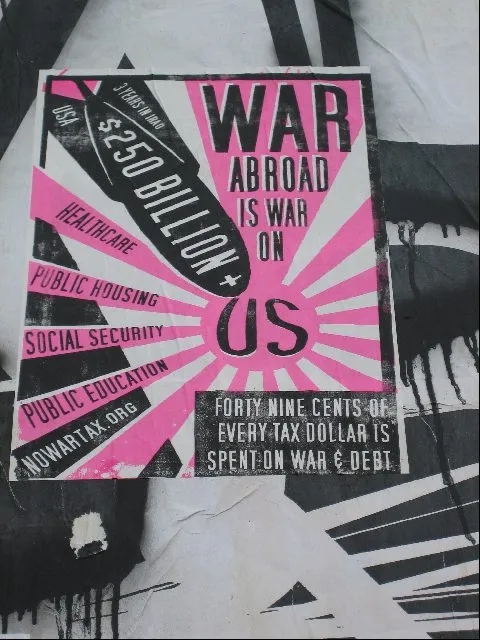In 2017, Phil Murphy, a former Goldman Sachs executive, made the establishment of a public, state-owned bank a centerpiece issue during his run for New Jersey governor. He regularly championed public banking in speeches, town halls and campaign commercials. He won the race, and the nation’s second state-owned bank following the stellar model of the Bank of North Dakota (BND) appeared to be in view.
Due to the priority of other economic-policy goals, the initiative was largely kept on the back burner until November 2019. Then, in an article titled “Murphy Takes First Key Step Toward Establishing a Public Bank,” the New Jersey Spotlight announced:
Gov. Phil Murphy is planning to sign an executive order Wednesday [Nov. 13] that will create a 14-member “implementation board” to advance his goal of establishing a public bank in New Jersey.
The basic premise of such an institution is to hold the millions of dollars in taxpayer deposits that are normally kept in commercial banks and leverage them instead to serve some sort of public purpose. … [Emphasis added.]
North Dakota currently is the only state that operates a public bank wholly backed by the deposit of government funds. [Emphasis added.] Founded a century ago to help insulate farmers from predatory out-of-state lenders, the Bank of North Dakota offers residents, businesses and students low-cost services like checking accounts and loans. It has also been used to advance projects that boost infrastructure and economic development, and has even produced revenue for the state budget’s general fund, according to the bank’s promotional materials, thanks to lending operations that regularly turn a profit.
Continue reading
Filed under: Ellen Brown Articles/Commentary | Tagged: Bank of North Dakota, public banking | 5 Comments »







By the Dawn’s Early Light: On the Fall of the Francis Scott Key Bridge
The Baltimore bridge that collapsed on March 26th was named for Francis Scott Key, who wrote the lyrics to the American national anthem “The Star-Spangled Banner” in 1814. His inspiration was the British bombardment of Fort McHenry in the critical port of Baltimore during the War of 1812. The British had just burned the U.S. Capitol and the White House and had set their sights on the Baltimore port, with the guns from hundreds of British ships trained on shelling the American flag. If the flag were taken down, they would know the Americans had surrendered, and the British agreed the shelling would stop. But in the dawn’s early light, the flag still waved, held up by patriots who replaced soldiers who had fallen before them. Francis Scott Key observed all this from a British ship on which he had been allowed on board to negotiate a prisoner release. It is a quite moving story, dramatized here.
What the dawn’s early light brought on March 26, 2024, by contrast, were shocking news videos of the Francis Scott Key Bridge collapsing when the Singapore-owned cargo ship Dali slammed into it. It was “like something out of an action movie,” said Baltimore Mayor Brandon Scott. Several commentators are calling it a “black swan” event that will have catastrophic effects on global supply chains. Interestingly, the War of 1812 was also about disruptions to U.S. trade with foreign nations, in that case by blockade by the British navy. But more on that, and on how our forebears turned dependence on foreign manufacturers into economic independence, after a look at what went amiss with the Dali and the bridge.
Continue reading →Filed under: Ellen Brown Articles/Commentary | Tagged: cyberattack, cybersecurity, Dali, Francis Scott Key Bridge, NATIONAL INFRASTRUCTURE BANK, War of 1812 | 11 Comments »